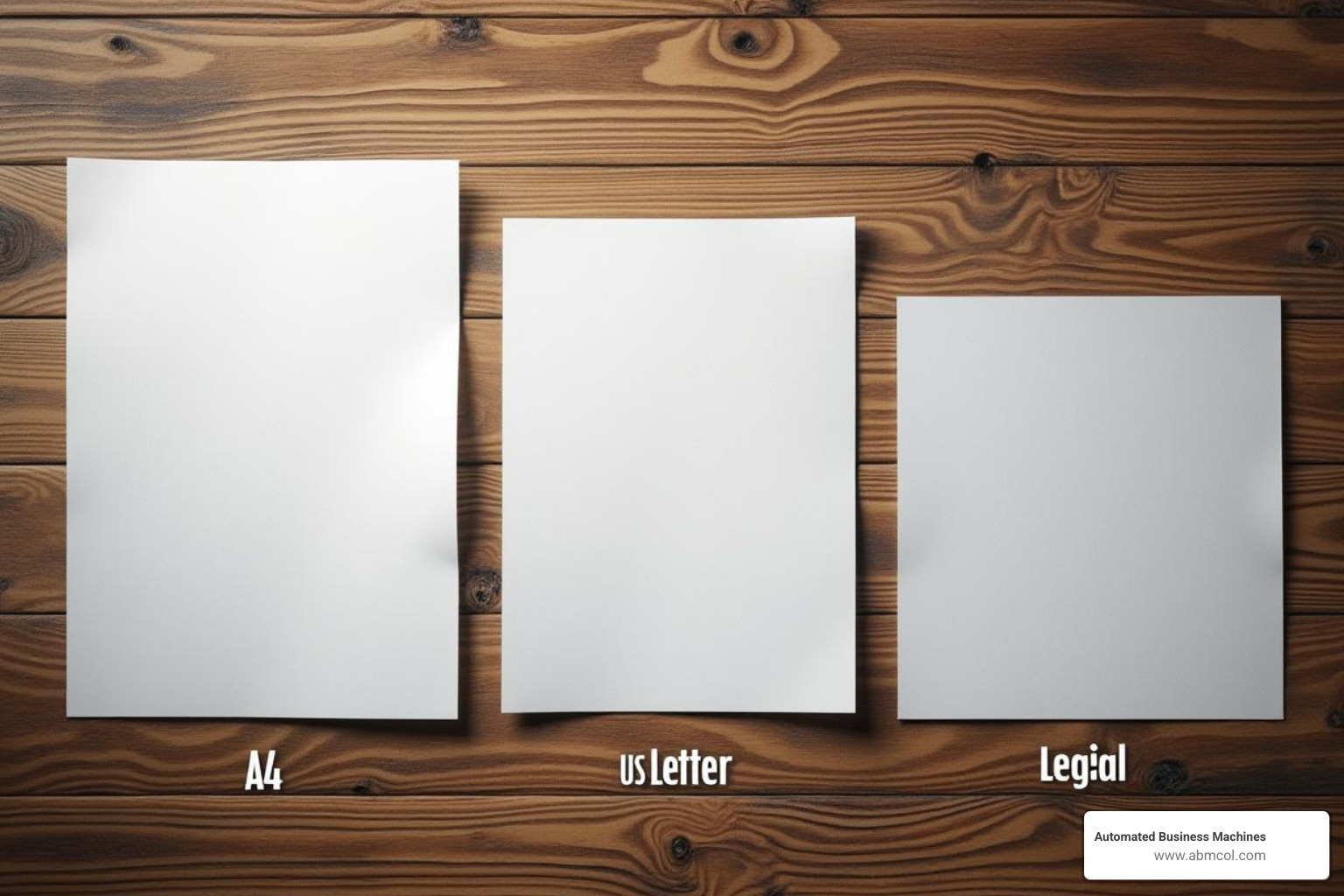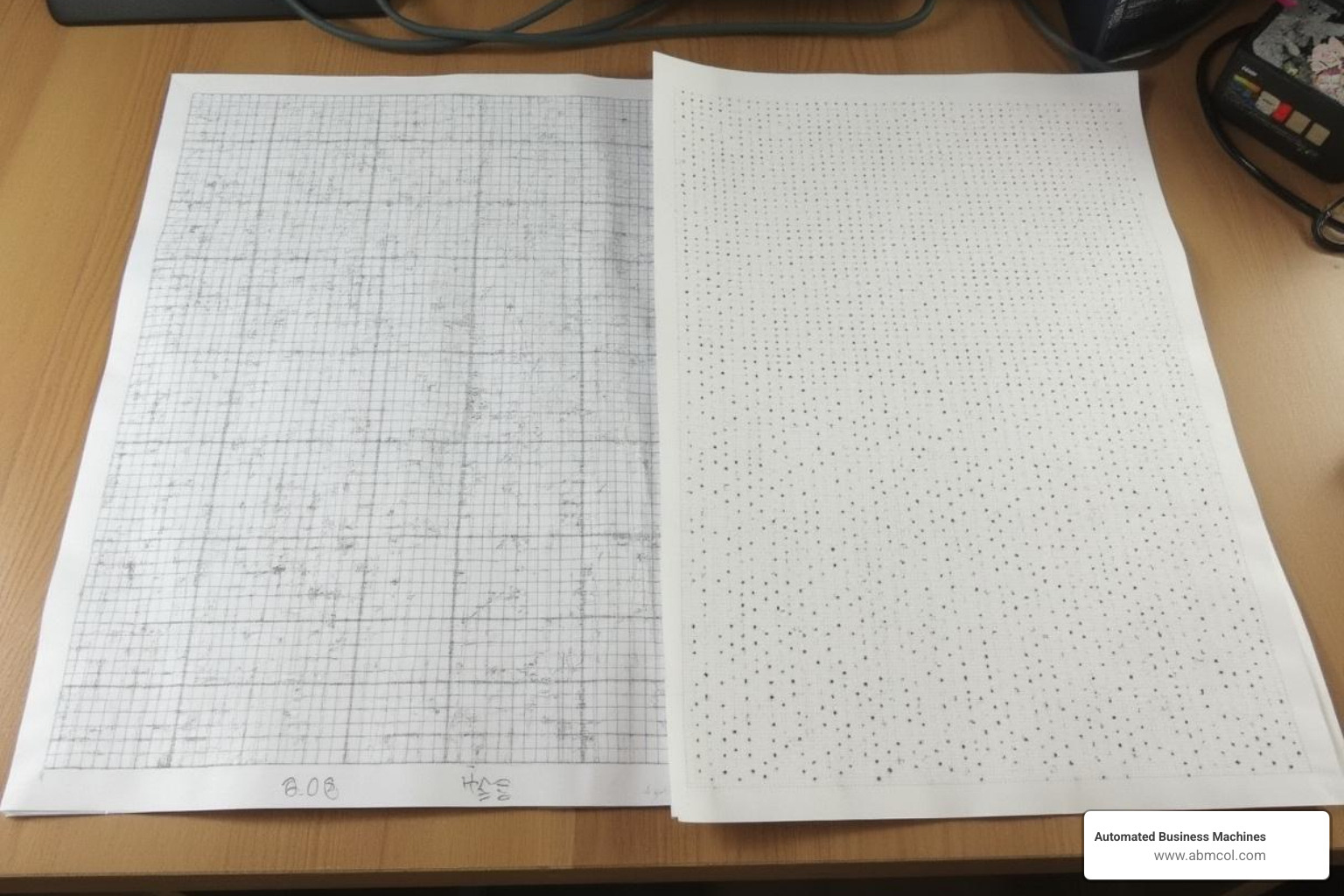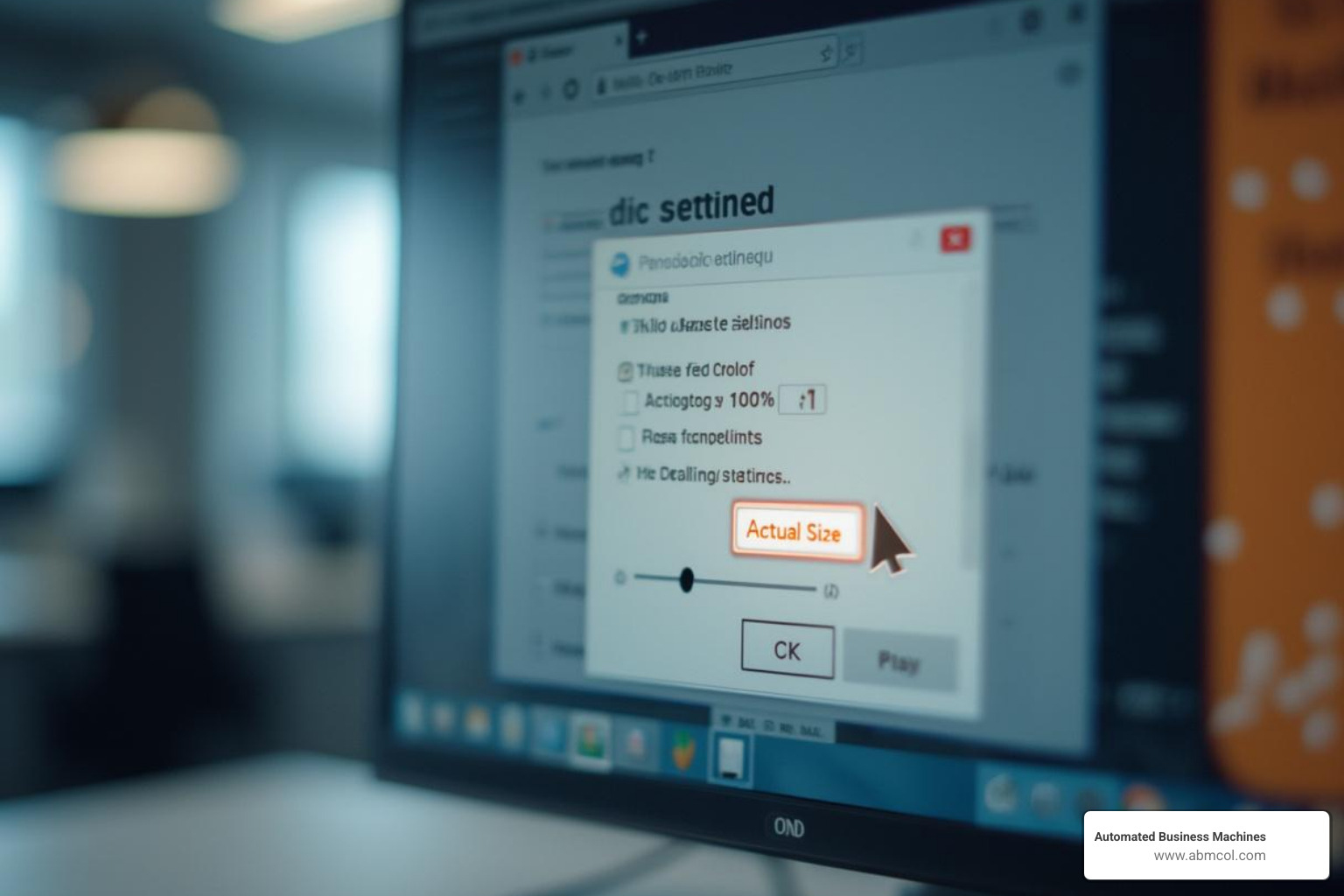
AI Overview:
This comprehensive guide explores the fascinating world of A4 size writing paper—a universal standard that has shaped global office, academic, and creative work for nearly a century. It dives deep into the dimensions, history, versatility, and customization of A4 paper, revealing why it’s the most widely used paper size worldwide.
When searching for a4 size writing paper, consider these key factors to find the perfect fit for your needs:
- Dimensions: A4 is universally 210 x 297 mm (8.27 x 11.69 inches), an international standard adopted globally.
- Ruling: Choose from various styles like lined (college, wide, narrow), graph, dot grid, or blank sheets.
- Purpose: Match the paper to your specific task – whether it’s for note-taking, journaling, professional reports, or creative projects.
- Printability: Ensure the paper is suitable for printing custom templates or direct documents on your printer.
In the busy world of office supplies and creative pursuits, a4 size writing paper stands out as a true global workhorse. From boardrooms to classrooms, its presence is undeniable. A4 is the most commonly used paper size worldwide, with billions of sheets used annually. This widespread adoption is no accident; it comes from a smart design standard.
But A4 paper is more than just a standard size. It’s a versatile canvas, available in countless forms to suit every writing and printing need. Whether you’re drafting important documents, taking detailed notes, or releaseing your creativity, understanding the different types and templates available for A4 paper can significantly improve your work. This guide will walk you through everything you need to know about this essential office staple, helping us make informed choices for your business.
Understanding the A4 Standard: More Than Just Dimensions
Think of a4 size writing paper as the Swiss Army knife of the paper world – there’s much more to it than meets the eye. Everyone knows it measures 210 x 297 millimeters (or 8.27 x 11.69 inches if you prefer), but these aren’t just random numbers someone picked out of a hat.
These precise dimensions are part of the ISO 216 standard, a brilliantly designed system that makes our lives easier in ways we rarely think about. The magic lies in its aspect ratio of 1:√2 (approximately 1:1.414). This mathematical marvel means when you fold an A4 sheet in half along its longest side, you get two perfect A5 sheets with exactly the same proportions. No distortion, no awkward scaling – just perfect geometric harmony.
This isn’t just academic theory either. This consistent scaling makes printing, copying, and archiving incredibly efficient. Whether you’re enlarging a document or shrinking it down, everything stays perfectly proportioned. It’s like having a paper size that speaks the same language as your printer, copier, and filing system.
The system traces back to the German DIN 476 standard, and there’s good reason it became the global standard for everything from official reports to everyday notes. When you’re dealing with international correspondence or managing documents across different offices, this standardization eliminates those frustrating formatting headaches.
For businesses looking to streamline their printing processes, understanding these standards can make a real difference. You can dive deeper into how this impacts your daily operations with our Understanding A4 Paper Size guide, or explore more technical details in our Standard Printer Paper Size Information resource.
The History and Global Adoption of A4
The story of how A4 became the world’s favorite paper size reads like a tale of German engineering meeting global practicality. Back in 1922, the German Institute for Standardization introduced the DIN 476 standard, with visionaries like Walter Porstmann recognizing something most people missed – that the right paper size could actually save money and reduce waste.
The genius of the 1:√2 aspect ratio isn’t just mathematical elegance; it’s pure efficiency. When manufacturers can produce paper that halves and doubles perfectly, there’s less waste in production. When businesses can resize documents without distortion, there’s less reprinting. When offices can file everything in the same proportional system, there’s less confusion.
This inherent efficiency, combined with dimensions that feel natural for both writing and reading, helped A4 spread far beyond Germany’s borders. As international trade grew, having a common paper standard became incredibly valuable. Imagine trying to exchange documents globally when every country used different sizes – it would be chaos.
Today, billions of sheets of A4 paper are produced annually worldwide, making it arguably one of the most successful industrial standards ever created. While North America still marches to its own beat with Letter and Legal sizes, the rest of the world has acceptd A4’s practical advantages. The differences between these regional preferences create interesting challenges, which we explore in detail in our Paper Size Legal vs A4 comparison.
A4 vs. Other Common Paper Sizes
When discussing a4 size writing paper, it’s like comparing different tools for the same job – each has its strengths, but A4 often comes out ahead for good reasons.
A4 paper at 210 x 297 mm strikes that perfect balance – slightly narrower and longer than its North American cousin, US Letter size (215.9 x 279.4 mm). This difference might seem tiny, but it creates a more comfortable reading experience and provides excellent printable area efficiency. The proportions just feel right in your hands, whether you’re writing notes or reading a report.
US Letter size, measuring 8.5 x 11 inches, dominates North American offices and feels familiar to anyone who grew up there. It’s wider and shorter than A4, which can be great for certain layouts but lacks those clever scaling properties that make A4 so versatile.
Legal size paper (8.5 x 14 inches) offers extra vertical space, making it perfect for contracts and legal documents – hence the name. But try filing Legal-sized documents with everything else, and you’ll quickly appreciate A4’s consistency.
The real advantage of A4 shines in international compatibility. For businesses working globally, using A4 eliminates those awkward moments when your perfectly formatted document prints with cut-off edges on someone else’s system. The storage benefits are equally practical – everything fits in the same filing systems, binders, and folders.
From a cost perspective, A4 often provides the best printable area for your money in most regions worldwide. It’s not just about the paper itself; it’s about the entire ecosystem of compatible equipment, storage solutions, and workflow efficiency that comes with choosing the global standard.
A Guide to A4 Size Writing Paper Types and Rulings
The beauty of a4 size writing paper extends far beyond its standard dimensions; it’s also incredibly versatile in its ruling and template options. Whether you’re a meticulous note-taker, a budding artist, a student, or a professional, there’s an A4 paper template designed to meet your specific needs. From the familiar lines of ruled paper to the precise grids of graph paper and the subtle guidance of dot paper, the choices are vast.
Choosing the Right Lined A4 Size Writing Paper
Lined paper is perhaps the most common form of writing paper, but even within this category, there’s a world of difference. The line spacing can significantly impact readability, the amount of content you can fit on a page, and even the neatness of your handwriting. For a4 size writing paper, the most prevalent lined templates are college ruled, wide ruled, and narrow ruled.
| Ruling Type | Line Spacing (approx.) | Best For | Lines per Page (A4 Portrait) |
|---|---|---|---|
| College Ruled | 7.1 mm (9/32 inch) | Standard note-taking, general writing, older students | ~34 |
| Wide Ruled | 8.7 mm (11/32 inch) | Younger students, large handwriting, easy-to-read notes | ~29 |
| Narrow Ruled | 6.35 mm (1/4 inch) | Advanced note-takers, compact writing, maximizing space | ~39 |
- College Ruled: This is the all-rounder, ideal for most students and adults. Its balanced spacing allows for comfortable writing without being too cramped or too expansive.
- Wide Ruled: Perfect for those with larger handwriting or for younger learners who need more space between lines to form their letters. It’s also great for quick, informal notes where legibility is paramount.
- Narrow Ruled: If you like to pack a lot of information onto a single page, narrow ruled is your friend. It’s favored by detailed note-takers, bullet journalists, and anyone looking to conserve paper by fitting more content per sheet.
Beyond these standard options, you can also find specialized lined paper like Seyes (French ruled) paper, which features a grid of fine lines and heavier horizontal lines, designed to aid in handwriting formation. There are even colored lined paper options, which can be useful for organization or simply to add a touch of personality to your notes.
Grid and Dot Paper for Precision Tasks
For tasks that demand more precision than simple lines, a4 size writing paper also comes in grid and dot patterns. These templates are invaluable for everything from technical drawings to creative planning.
- Graph Paper: Also known as grid paper, this features a matrix of uniformly spaced horizontal and vertical lines, forming a grid of squares. A4 graph paper templates are available with various grid sizes, typically measured in millimeters (e.g., 1mm, 2mm, 5mm, 10mm).
- 5mm grid: A popular choice for mathematics, engineering, and sketching, providing a good balance between detail and clarity.
- 1mm or 2mm grid: Ideal for highly detailed technical drawings, precise graphing, or miniature designs.
- 10mm grid: Useful for larger-scale layouts, architectural sketches, or teaching basic graphing concepts.
Graph paper is not just for numbers; it’s excellent for designing layouts, planning projects, or even creating pixel art.
- Dot Paper: This template features a grid of dots rather than lines. The dots provide subtle guidance for writing, drawing, or sketching without the visual dominance of full lines. Dot paper templates are available with various spacing options, commonly 5mm or 7mm.
- 5mm dot grid: The go-to for bullet journaling, allowing for flexible layouts, neat writing, and easy creation of tables and charts. It’s also fantastic for sketching and ideation.
- 7mm dot grid: Offers a bit more space, making it comfortable for general writing while still providing the structural benefits of a dot grid.
Dot paper offers the perfect blend of structure and freedom, making it a favorite among bullet journal enthusiasts, designers, and anyone who appreciates a minimalist yet functional canvas.
Specialized A4 Paper Templates for Creative Projects
The versatility of a4 size writing paper truly shines when we look at the array of specialized templates available for niche and creative pursuits. These templates transform a standard sheet into a powerful tool for specific tasks, catering to hobbies and professions alike.
- Music Notation Paper: For musicians and composers, A4 music paper provides the standard five-line staff system, perfect for composing, transcribing, or practicing music notation.
- Storyboard Templates: Visual thinkers and creators will appreciate A4 storyboard templates, which feature pre-divided panels for sketching out scenes, planning videos, or organizing narratives.
- Calligraphy Paper: Designed with specific guidelines to aid in practicing calligraphy, these templates help maintain consistent letter height, slant, and spacing, guiding the hand to neat script.
- Penmanship Paper: Similar to wide-ruled paper but often with additional dashed lines or specific zones, A4 penmanship paper is excellent for children learning to write or adults practicing their handwriting, promoting proper letter formation and consistency.
- French Ruled (Seyes) Paper: As mentioned earlier, this unique ruling with its 8mm main lines and 2mm squares provides exceptional guidance for developing neat and consistent handwriting, a staple in French education.
- Columnar Paper: For financial tracking or data entry, A4 columnar paper features vertical columns, often with pre-printed headings or sections, making it easy to organize numerical data.
- Genkouyoushi Paper: For those learning Japanese, A4 Genkouyoushi paper provides a grid of squares, typically 200 per page, designed for practicing Japanese characters (kanji, hiragana, and katakana).
- Knitting/Quilting/Cross-stitch Graph Paper: These specialized graph papers are designed with adjusted aspect ratios to accurately represent stitches or fabric squares, making it easier to design patterns for fiber arts.
These are just a few examples; a4 size writing paper templates is constantly expanding, with options for perspective drawing, beadwork layouts, comics pages, shooting targets, and even specialized low vision writing paper designed with high contrast lines for individuals with visual impairments. The sheer variety ensures that whatever your project, there’s likely an A4 template to help you bring it to life.
From Screen to Sheet: Printing Your Own A4 Templates
The days of simply buying pre-printed pads are largely behind us! Today, a4 size writing paper has truly opened up, thanks to the incredible variety of printable templates available online. This means we now have the fantastic power to create almost any kind of A4 paper we need, right from our own printers. Think of it as having a custom paper factory in your office or home! This do-it-yourself approach offers amazing flexibility and can lead to significant cost savings. If you’re wondering about the best paper to use for your custom prints, our guides on Best Printer Paper Types, Sizes, Guide and Best Laser Printer Paper Types and Weights are excellent resources to help you choose the ideal stock.
Benefits of Printable Paper Templates
You might be asking, “Why go to the trouble of printing my own a4 size writing paper templates when I can just buy them?” That’s a great question, and the advantages are pretty compelling.
First off, there’s incredible versatility and customization. We’re no longer limited to just what’s sitting on a store shelf. Imagine needing a very specific line spacing for a new journaling method you’re trying, or a unique grid size for a detailed project. With printable templates, you can literally choose exactly what you need, from standard rulings to highly specialized layouts. This even includes fun options like colored lined paper or unique design elements that aren’t typically mass-produced.
Then there’s the sheer convenience of instant availability. Ever run out of graph paper late at night when inspiration strikes, or a deadline looms? No problem! With printable templates, you can simply download and print new sheets in moments. This also means you can easily find high-quality, free printable a4 size writing paper templates from a wealth of online resources. It’s like having an endless supply, on demand!
This approach is also wonderfully cost-effective. Instead of buying multiple pads of different paper types that might sit unused for ages, you can invest in a good ream of standard A4 printer paper. Then, you print only the templates you need, precisely when you need them. Over time, this smart strategy can significantly reduce your stationery expenses.
Choosing to print only what’s necessary is also a positive environmental choice. It’s a small but meaningful step towards reducing waste and consuming paper more sustainably. You print what you use, and that’s it!
Finally, printable templates are perfect for experimentation. Want to see if a dot grid truly works for your note-taking style before buying a whole notebook? Just print a few pages and give it a test run! This allows you to find what truly improves your productivity without a big commitment.
Tips for Printing Custom A4 Size Writing Paper
To make sure your custom a4 size writing paper templates come out perfectly every time, there are a few simple printing best practices to keep in mind.
First and foremost, always check your printer settings. This is super important! When you’re printing templates, you’ll want to select “Actual Size” or “100% Scale” in your printer’s dialog box. Definitely avoid options like “Fit to Page” or “Scale to Fit.” Why? Because these settings can accidentally stretch or shrink your template, making the lines uneven or the grids inaccurate. We want precision, right?
Next, consider your paper weight (GSM). This number, which stands for grams per square meter, really affects how your paper feels to write on and how well your ink performs. For general writing, a GSM between 80gsm and 120gsm is usually just right. Paper with a higher GSM tends to be more opaque, meaning you’re less likely to see ink bleeding through to the other side, especially if you’re using fountain pens or markers. Our detailed A4 Paper GSM Guide can give you even more insights into choosing the perfect weight for your needs.
Don’t forget about portrait vs. landscape orientation! Yes, you absolutely can print a4 size writing paper templates in both orientations. Most printer drivers will let you easily choose the orientation before you hit print. This is especially handy for things like storyboarding, which is often done in landscape, or for certain types of graph paper layouts that might benefit from a wider view. Just remember to adjust both your template and your printer settings accordingly.
To save paper and create more cohesive sets of notes or documents, try double-sided printing. If your printer has an automatic duplexing feature, use it! It’s a real time-saver. If not, many printers allow you to manually print one side, then you just flip the paper over and print the second side. Just be careful with alignment when doing it manually!
Finally, pay attention to your print quality. For crisp, clear lines that are a joy to write on, make sure your printer’s ink or toner levels are sufficient. If you have an inkjet printer, ensure your print heads are clean. Selecting a “High” or “Best” print quality setting in your printer preferences can also make a noticeable difference, especially when you’re printing very fine lines or intricate patterns.
By following these simple tips, you’ll be able to effortlessly transform plain A4 sheets into highly functional and aesthetically pleasing writing paper, custom-made precisely for your needs. Happy printing!
Frequently Asked Questions about A4 Writing Paper
It’s natural to have questions about something as common as paper, especially when navigating its many sizes and types! Here at Automated Business Machines, we often hear some common inquiries about a4 size writing paper. Let’s clear up some of the most frequent questions we get, making sure you have all the facts at your fingertips.
What are the exact dimensions of A4 paper?
Let's get straight to the numbers! An a4 size writing paper sheet measures 210 x 297 millimeters. If you're more familiar with imperial units, that's approximately 8.27 x 11.69 inches. These aren't random figures; they're part of the international ISO 216 standard. This precise sizing is a big reason why A4 is used in most countries worldwide for everything from important documents to everyday forms. It truly helps ensure consistency for printing and sharing documents across borders.
Is A4 the same as US Letter size?
This is a very common question, and the simple answer is no, they are different. While they might look similar at a glance, A4 is slightly taller and a bit narrower than the US Letter size. A4 is 210 x 297 mm, while US Letter paper measures 215.9 x 279.4 mm (or 8.5 x 11 inches). If you try to print a document formatted for one size onto the other without adjusting, you might end up with frustrating results, like text getting cut off or odd-looking margins. This is a classic print-day headache!
Can I use A4 paper in my standard US printer?
Good news! Most modern printers sold in the US are designed to be quite versatile and can indeed handle A4 paper. However, there's a small but important step to remember. Before you hit print, you'll want to adjust the paper guides in your printer's tray. Then, and this is crucial, make sure to select "A4" in your printer settings on your computer. Taking these steps ensures everything lines up perfectly, preventing those annoying printing errors. If you're ever unsure, a quick peek at your printer's manual or a visit to our print solutions page can often help!
What are the advantages of using A4 paper over other paper sizes for writing?
A4 size writing paper isn't just popular by chance; it offers some real benefits! First, its global standardization simplifies everything from international business communication to sending personal letters abroad. You know your document will look the same wherever it's printed. Second, its unique 1:√2 aspect ratio means you can easily scale documents up or down (think A3 to A4, or A4 to A5) without distorting the content. This leads to efficient use of paper and less waste. Finally, many find its ergonomic dimensions quite comfortable for extended periods of writing and reading. For businesses, its widespread availability often means it's a very cost-effective choice for bulk printing needs.
Are there colored or specially designed A4 ruled paper options available?
Absolutely! While plain white is certainly the standard, a4 size writing paper is far more vibrant and diverse than you might think. You can easily find A4 paper in a rainbow of colors, sometimes with subtle tints, which can be fantastic for organizing different subjects or simply adding a touch of personal flair to your notes. Beyond solid colors, many talented designers and online shops offer specially crafted A4 ruled paper. Imagine decorative borders, charming themed motifs like vintage flowers, or even custom branding for truly personalized stationery. The best part? Many of these unique designs are available as printable templates, meaning you can create your dream writing paper right from your own printer!
Conclusion
Whether you’re a dedicated student taking meticulous notes, a busy professional drafting important reports, or a creative individual bringing artistic visions to life, selecting the right a4 size writing paper can make a real difference. It can significantly improve your productivity, keep your thoughts beautifully organized, and simply make the act of putting pen to paper (or ink to sheet!) a much more enjoyable experience. And with the increasing availability of printable templates, you now hold the power to customize your paper exactly to your specifications, right from your own printer – talk about convenience!
Here at Automated Business Machines, we understand that optimizing your workflow extends far beyond just choosing the right paper. We’re passionate about helping businesses like yours thrive, which is why we provide comprehensive multifunction printing solutions, cutting-edge digital signage services, and robust secure printing capabilities. Our goal is to streamline your operations and boost your productivity with customized, advanced technology solutions. As a locally owned and operated business, our experts are right here, ready to help you find the perfect fit for your unique needs.
Ready to take your printing and writing experience to the next level? Dive deeper into optimizing your document management. Explore our complete guide to printer paper types and sizes for your business needs and find out how Automated Business Machines can help you achieve seamless, efficient workflows.




